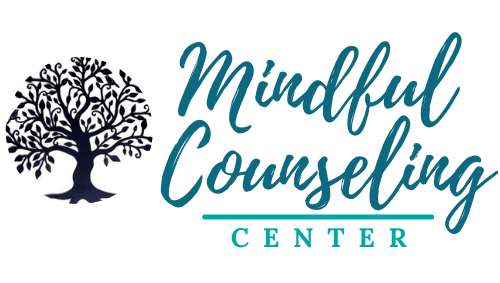Into the Woods
Contemplation and images by Kristin Littel.
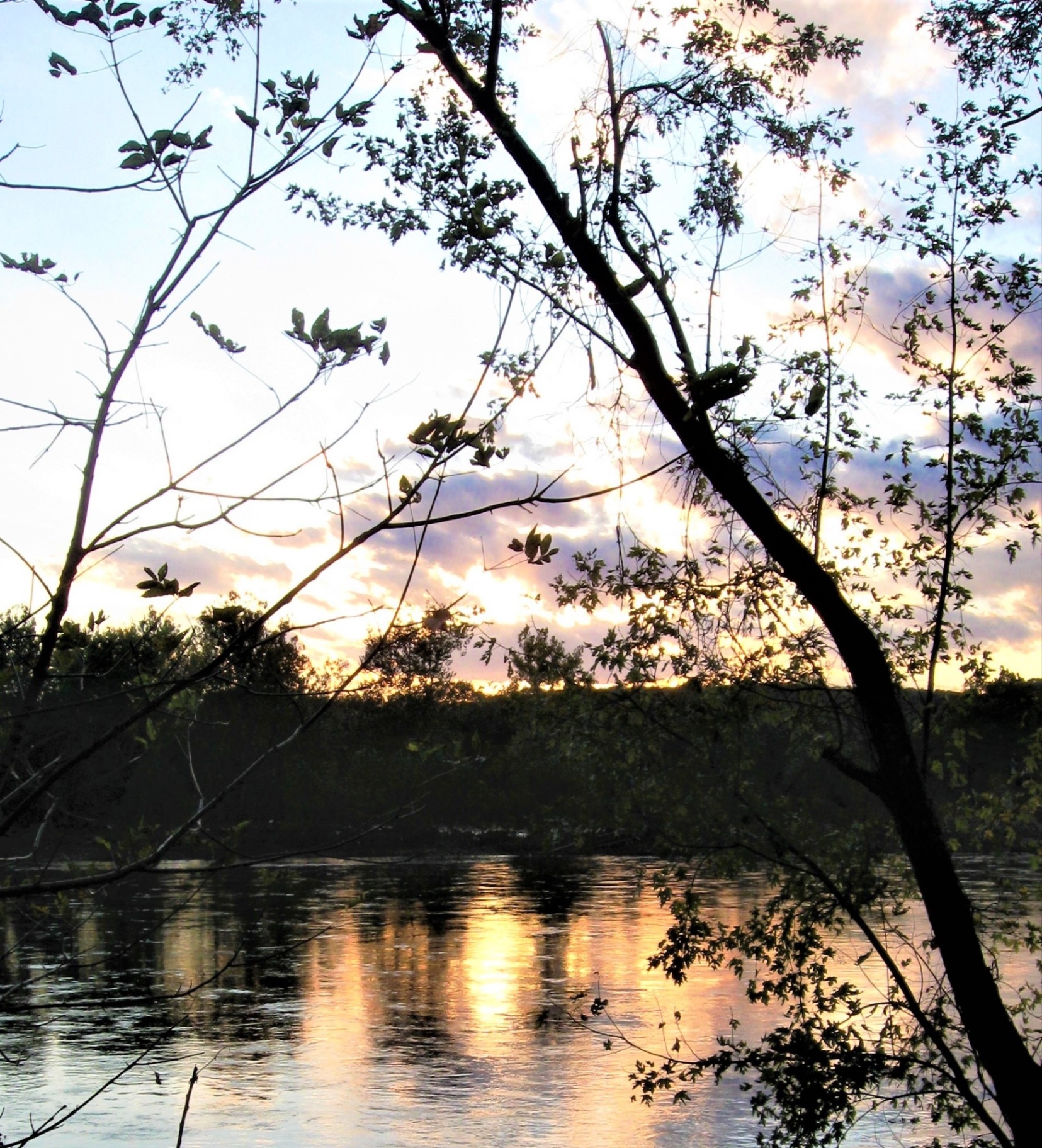 This activity is a contemplation to bring into focus the sensations of being in the woods. It is supplemented with a series of woodsy photographs.
This activity is a contemplation to bring into focus the sensations of being in the woods. It is supplemented with a series of woodsy photographs.
Suggestion to Facilitate Activity: Find a quiet place and at least a few minutes for this activity. Get comfortable.
Slowly read through the below contemplation, opening up your senses to the words, embracing the feelings being prompted and silently exploring/answering the questions asked.
You can focus on the photographs while you read the contemplation, and, in your mind’s eye, engage your senses in what it feels like to be in such surroundings.
Or, better yet, copy the contemplation onto a document file, print it out and then go find some real woods to experience it up close and personal.
Hope you enjoy this meditative exercise.
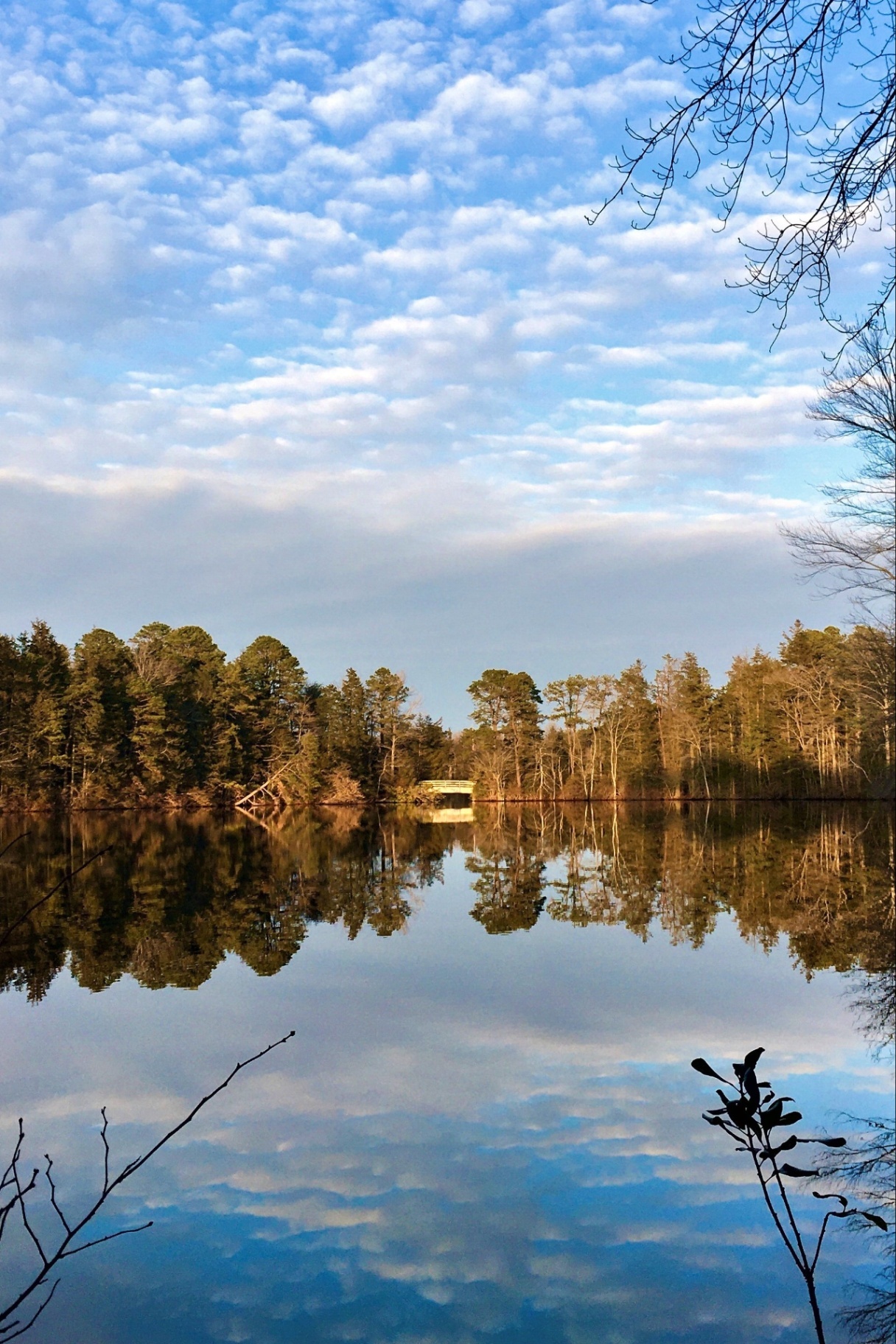 Contemplation
Contemplation
Wander into the woods for a while.
Then stop and look around you.
What do you see?
Look at the ground beneath your feet. The bushes and tree trunks. The low-lying branches and seasonal foliage.
Look around. Is there water: a creek, river or lake? If so, how is the water flowing? What colors do you see in the water? Can you see anything in the water? What is on the banks of the water…trees, rocks, sand, shrubbery, etc.?
Let your eyes lift up. What else do you see? Are the trees swaying or the foliage moving with the breeze? Or are they still? Are their animals to be found?
Follow the line of the trees upward to the higher branches and then to the sky. What strikes you about the trees? What does the sky look like?
What else do you see?
.
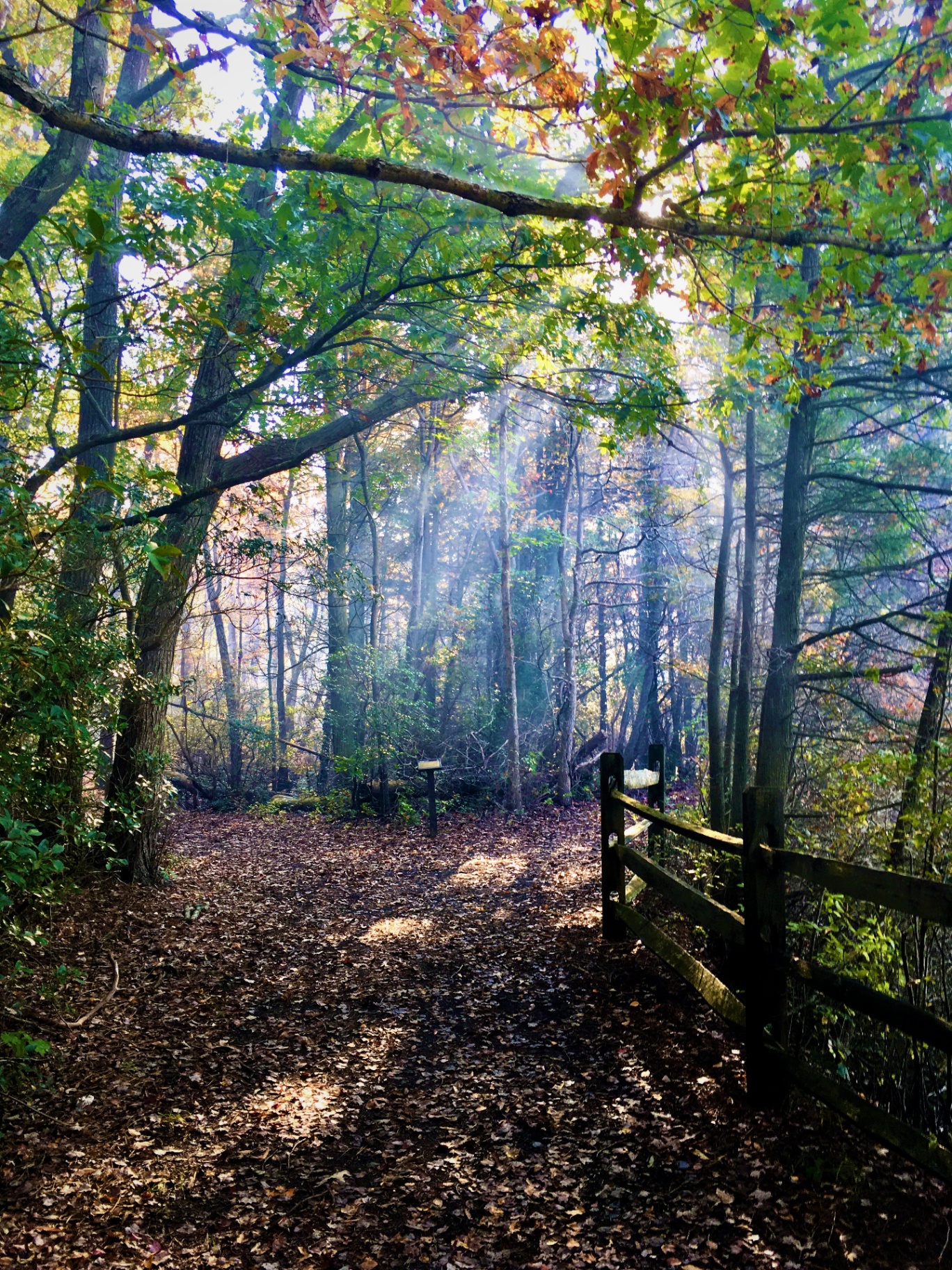 Wander a bit more.
Wander a bit more.
Then stop and listen.
What do you hear?
How are sounds different here from your normal day? For example, from getting to and from places, at work, at school, at home, shopping, etc.
Even in the quiet, there are noises though. What do you hear when the wind blows and the foliage rustles? When the trees sway back and forth?
If there is water moving, how does that sound?
Do you hear animals? What are they saying? Are there chatter, hoots and hollers?
What else do you hear?
Open yourself to the sounds.
Listen closely.
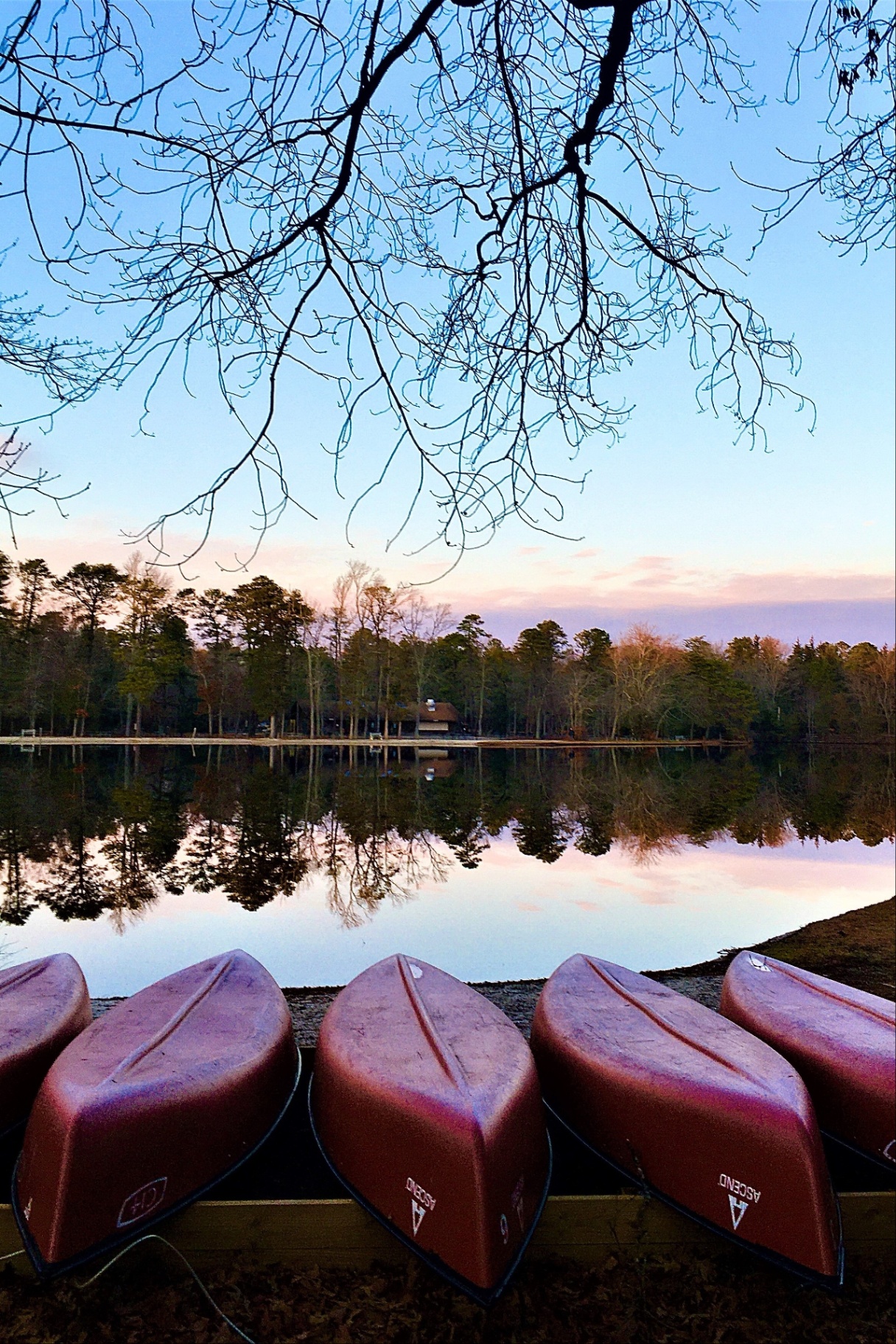 Wander a bit more.
Wander a bit more.
Then stop. How do the surroundings touch you?
How does the air feel on your skin?
Is it hot, warm, cool or cold? Sticky or numbing? Dry or damp?
If it is sunny, how does the sun feel on your face? Are you out in the open, feeling its full force, or are you shading from it?
If it is raining, snowing or icy, how does that feel?
Is it breezy or windy? How does that feel?
How does the ground feel under your feet?
How does it feel on your fingers when you touch the trees, the leaves or other flowering plants?
What else do you feel?
Observe closely.
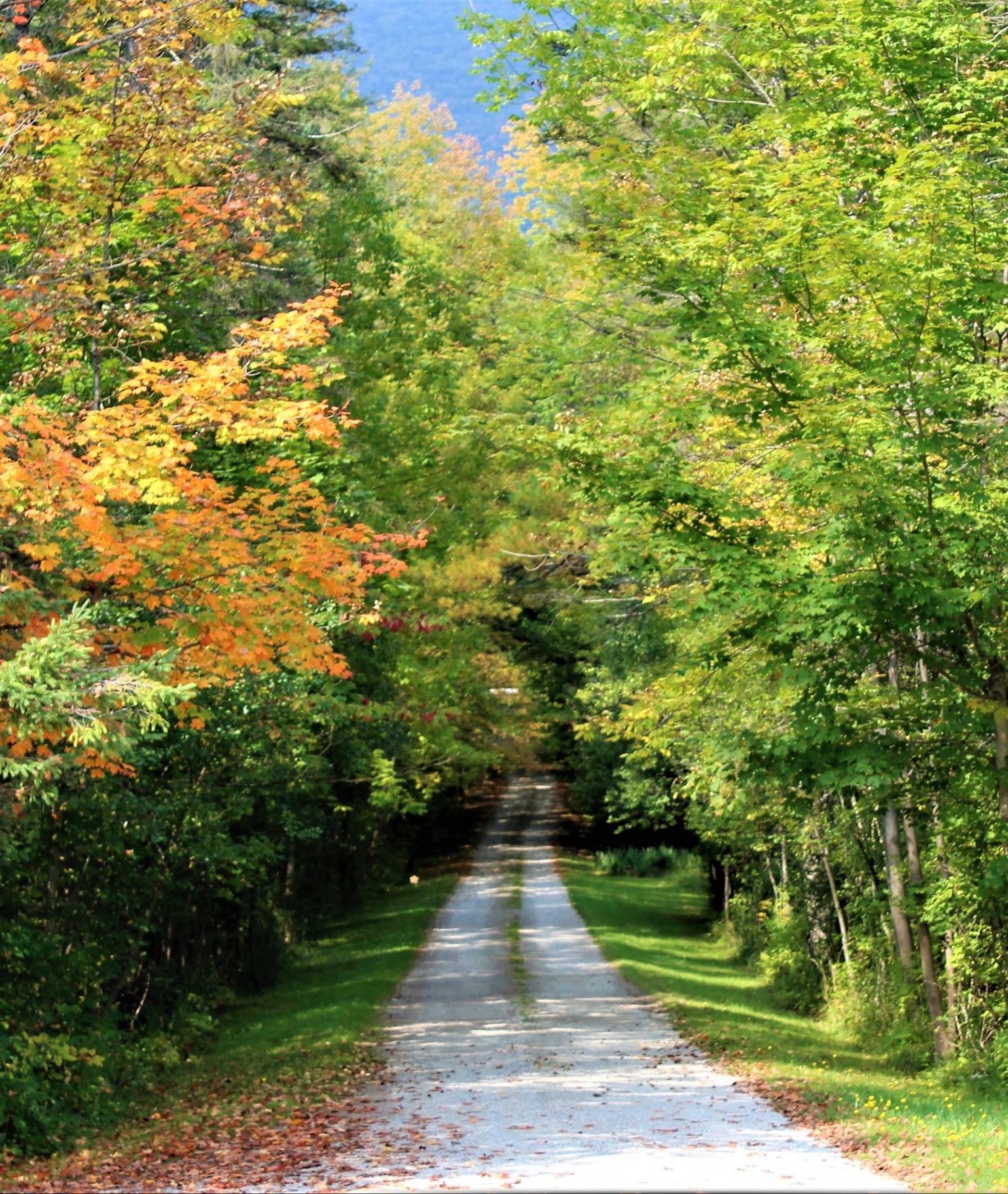 Wander a bit more.
Wander a bit more.
Then stop and breathe in deep with your nose.
How do the woods smell?
Pungent?
Piney?
Earthy?
Musty?
Sweet?
What are the secondary smells that arise?
Explore the smells closely.
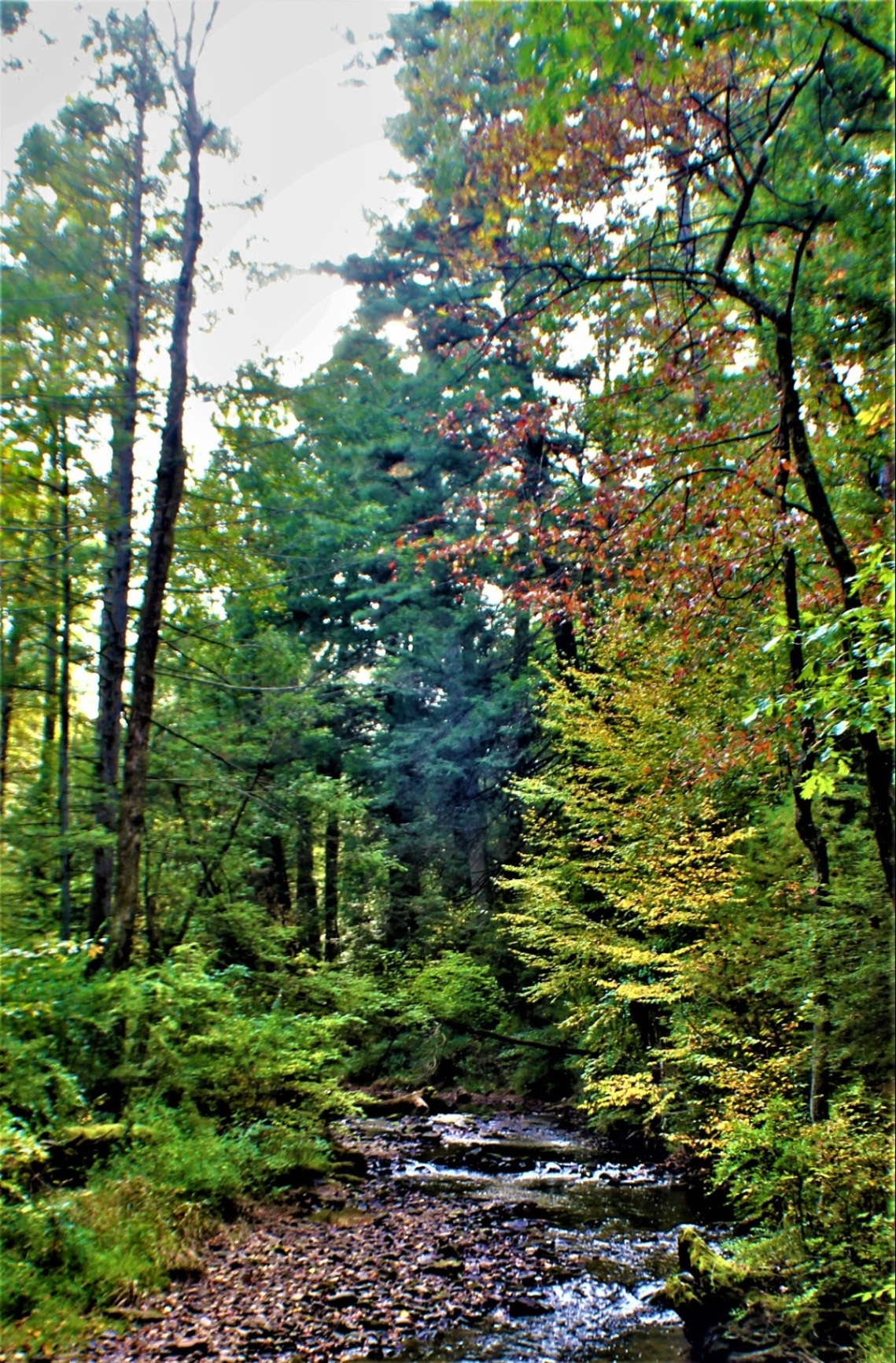 Wander a bit more.
Wander a bit more.
Then stop.
Are there tastes involved for you when you are in the woods?
Perhaps …
the early morning dew
or the winter frost
or the humidity
or saltiness
on
your
lips?
What else do you taste?
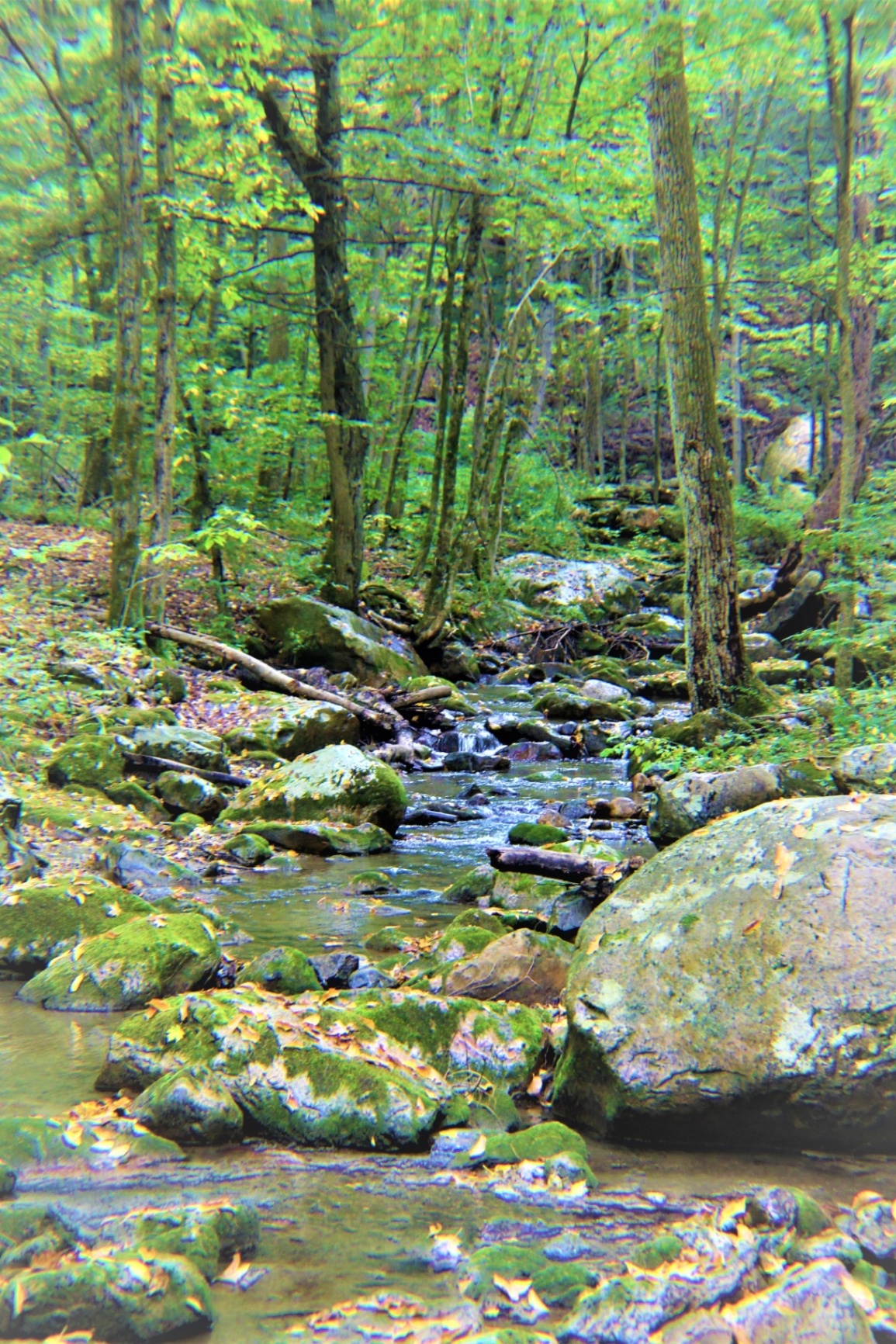 Wander a bit more.
Wander a bit more.
Continue to take in all that is around you.
What are your emotions as you wander?
Joy? Awe? Gratitude?
Sadness? Loneliness? Grief?
Worry? Restlessness?
Contented? At Peace? At Ease?
Hopeful? Motivated?
Other feelings?
Whatever your emotions are, they are OK.
Accept them as how you feel in the moment, just this moment (as feelings are always changing). Then let them go.
End the contemplation here.
If you wish, add silent words of appreciation for your time in the woods.
You are welcome back whenever you feel the urge to wander again.
